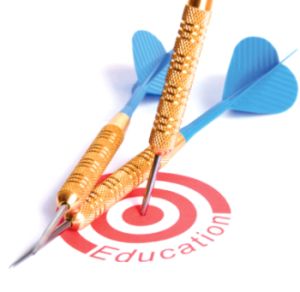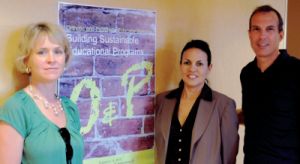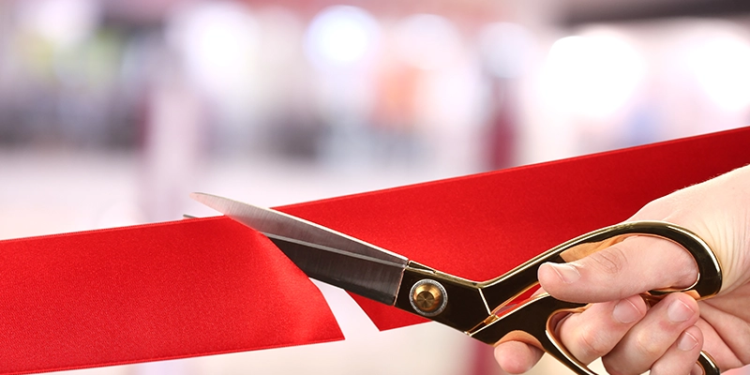
Higher education institutions across the country are operating in crisis mode. As state budgets continue to experience unprecedented deficits, higher education has become one of the many targets for states looking to bring their budgets back into the black. Endowments, which help to fund private and public education institutions alike, have also suffered. Results from the 2009 National Association of College and University Business Officers (NACUBO)-Commonfund Study of Endowments (NCSE) show that all college endowments lost money in 2009, with an average loss of 18.7 percent for the 2009 fiscal year. (Editor’s note: NACUBO gathered data from 842 American colleges and universities.) And while some of those investments have been recouped as the economy slowly begins to rebound, analysts estimate that it will take years for endowments to fully recover.
The U.S. government has attempted to bandage bleeding higher education budgets with federal assistance. According to a research article by John Aubrey Douglass, PhD, senior research fellow for the Center for Studies in Higher Education at the University of California, Berkeley, the $787 billion American Recovery and Reinvestment Act (ARRA) passed in February 2009, “included $140 billion for states to help lessen spending cuts, service reduction, and budget-balancing actions such as tax increases.” (“Higher Education Budgets and the Global Recession,” Center for Studies in Higher Education’s Research and Occasional Papers Series, University of California, Berkeley, February 2010.) One of ARRA’s two main streams of operating funds to states included a $48 billion State Fiscal Stabilization Fund administered by the U.S. Department of Education. Of this amount, $39.5 billion was earmarked for “ongoing operational support to public schools, colleges, and universities….”
Even with this assistance, as of September 2009, Douglass reported that 34 states were considering cuts in higher education. As a result of these budget cuts, public colleges and universities are reducing faculty and staff, cutting salaries, increasing tuition, and cutting financial aid, Douglass notes.
Academic programs are also at risk. In their article, “Disappearing Disciplines: Degree Programs Fight for Their Lives,” (The Chronicle of Higher Education, March 28, 2010), David Glenn and Peter Schmidt write that “dozens of [academic] majors and doctoral programs have been suspended or terminated since last year, and many more have been under the shadow of the guillotine. Several state systems…are conducting wholesale reviews of smaller degree programs, aiming to weed out the allegedly weak ones. The pace of program cuts,” they continue, “is likely only to accelerate during the next year.”
While what constitutes a “weak” academic program varies from institution to institution, some of the more scrutinized criteria include cost per student, as well as low-enrollment and low-completion rates. How programs are quantified as such also varies, but as a frame of reference, in South Dakota, minimum enrollment thresholds are set at an average of fewer than five students per year for the past five years, and Glenn and Schmidt identify low-completion programs as “those with fewer than 30 graduates during a five-year period.”
Are O&P Education Programs at Risk?
-

From left: Educators’ meeting organizing committee members Kate Muller, CPO, FAAOP; Arlene Gillis, MEd, CP, LPO; and Géza Kogler, PhD, CO.
Support authors and subscribe to content
This is premium stuff. Subscribe to read the entire article.




